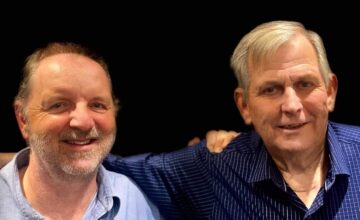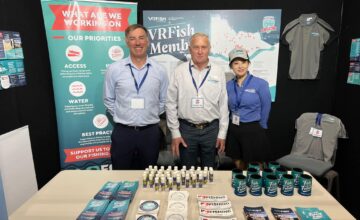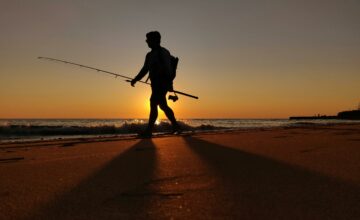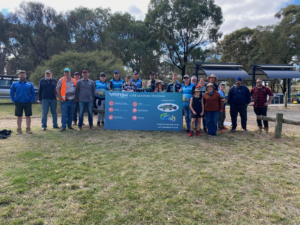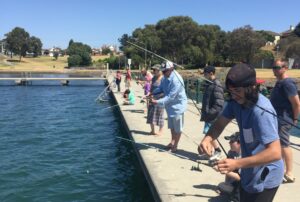November 10, 2018
As part of our 8 point plan to make fishing better for everyone, we are calling for the investment of $10 million to restart Victoria’s purpose-built artificial reef program and expansion of the coastal Fish Aggregation Devices (FADs) network. Investing in artificial reefs and a FAD network will provide Victorian coastal fishers with new and exciting fishing opportunities for our favourite species like snapper and kingfish while improving fish habitat.
Artificial reefs provide better coastal fishing experiences and provide valuable benefits to fishers by improving fish habitat for the long-term. The technology used in the design of artificial reefs nowadays is quite simply amazing leveraged from many decades of research and deployment particularly in South East Asia. Reefs are purposely designed to create variable water currents and upwellings that bring nutrients to the surface and surface area is maximised to create a diverse and complex habitat for organisms to colonise and helps to create a healthy ecosystem. Artificial reefs can support more fish and a wider range of species than nearby natural reefs and can reduce fishing pressure from natural reefs.
In shallow areas (less than 30 metres in depth) the most commonly built and deployed artificial reefs in Australia are reinforced concrete reefs. They are pH-balanced, non-toxic and can provide a suitable surface to be colonised by corals, algae, sponges and invertebrates. In deeper areas, metal structures are favoured.
In June 2015, Victoria’s largest ever artificial reef was installed between Torquay and Breamlea. The reef consists of 25 purpose-built concrete modules arranged in five clusters on the seafloor, the site is three kilometres offshore and in 25 metres of water. Each of the concrete modules are more than four metres tall and weigh up to 20 tonnes. This project was one of the biggest fish habitat enhancement projects in Victoria’s history.
The Torquay reef complements three artificial reefs in eastern Port Phillip Bay for boat-based fishing and a further three artificial reefs for near-shore based fishers at Frankston, Altona and Portarlington. There are several recreational fishing reefs in the estuaries in East Gippsland. These reefs consist of small concrete ‘reef balls’ which were one of the first commercially provide habitat for various aquatic plants and organisms.
The FADs in Torquay consist of a large buoy floating on the surface attached to a mooring rope that is connected to the artificial reef 25 metres below. A sub-surface buoy is also attached to the rope to attract kingfish from the reef to the surface. Each of the FADs have flashing lights to ensure safety at night and in low light. Each of the five clusters of the artificial reef have one FAD installed on the surface for six months of the year when kingfish are at their most active.
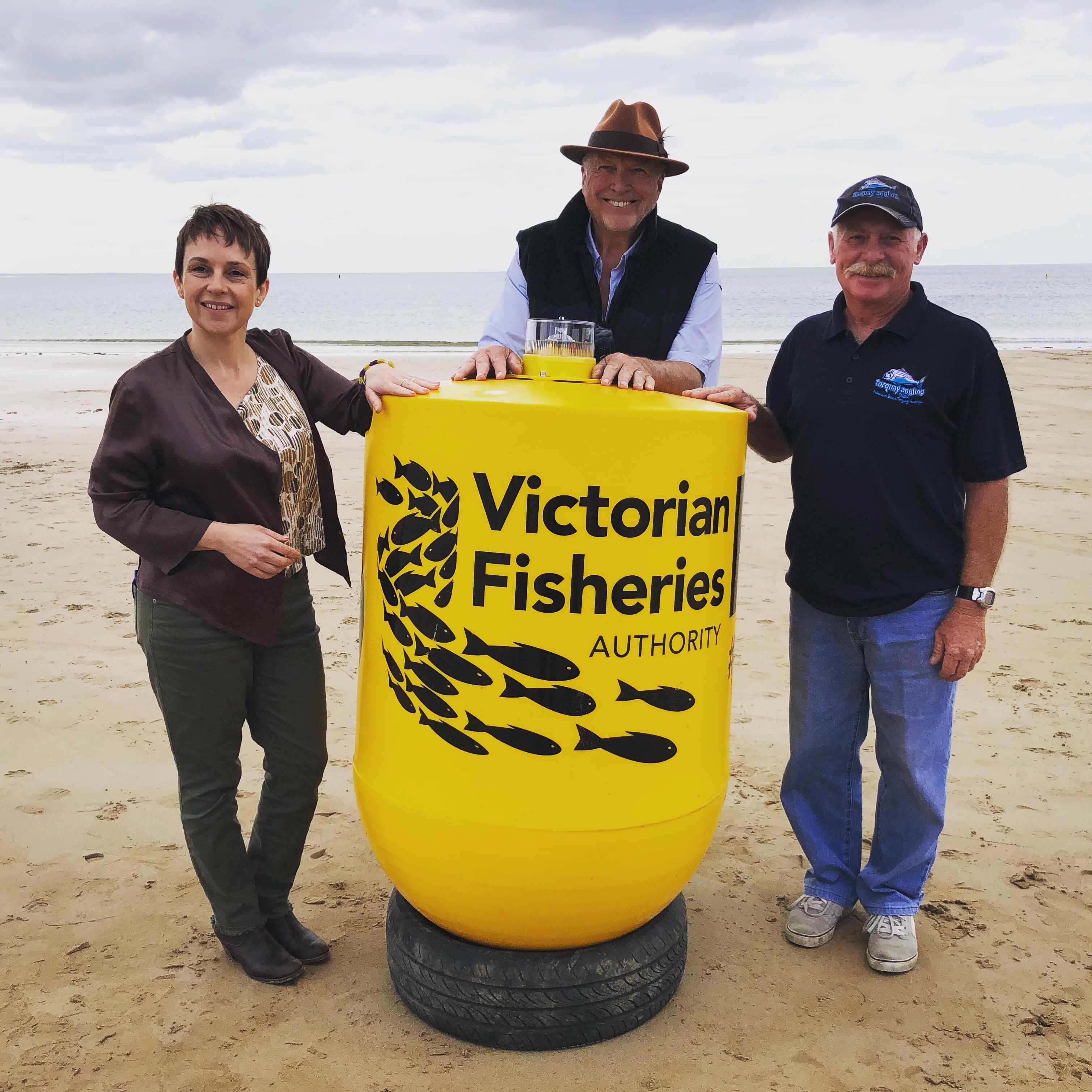
FAD’s have proven to be successful in New South Wales where around 25 FADs are deployed for the benefit of recreational fishers along majority of the coast. Through active angler communication and engagement, fishers have noted high levels of fishing satisfaction.
A 2013 study conducted by the Victorian Fisheries Authority (then Fisheries Victoria) identified Portland, Cape Woolamai and Mallacoota as three potential locations for FADs. Portland was noted as the recommended location as it is likely to be inhabited with pelagic species such as tuna and kingfish.
Investing in artificial reefs and FADs will provide fishers with exciting fishing opportunities while also encouraging more Victorians to go fishing along the iconic Victorian coast. An increase in fishing tourism to the coastal areas provides an opportunity for a social and economic boost to the community.
Further information
Visit our page Artificial Reefs for more information.
Visit our page Fish Aggregation Devices (FADs) for more information.


